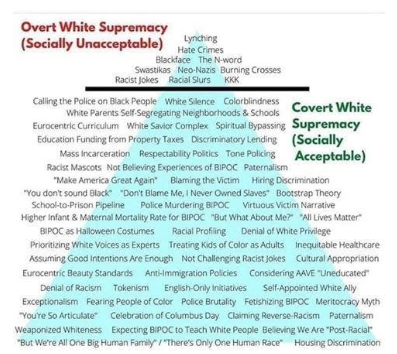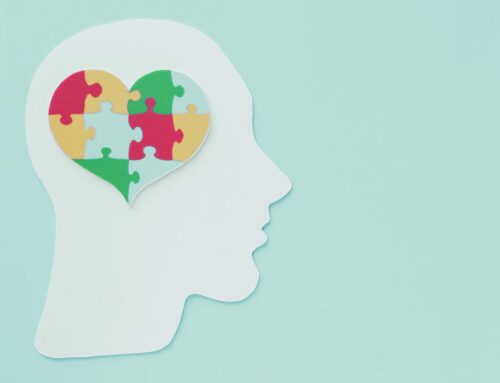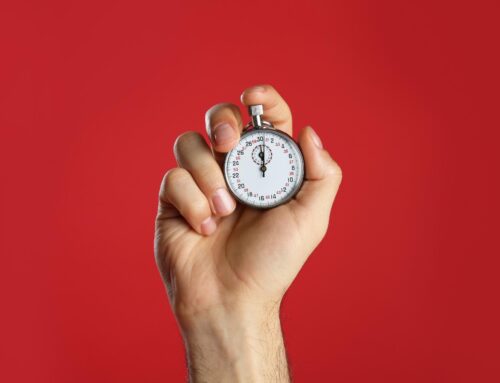Black Lives Matter #BLM
We at the Quarterlife Center are deeply saddened and angered by the recent killing of George Floyd, and our thoughts are with his loved ones. As therapists, we provide care for clients’ mental health as they work to achieve positive change. Therapists have an ethical duty to provide a safe, nonjudgmental space, as clients shine a light on their dark places, get curious about those places, and explore their vulnerability.
We need more than momentary actions to effect change. We need ongoing, thoughtful and honest conversations. Yes, it’s messy, complicated, and imperfect. Real conversations about race are essential for making positive change for individuals, families, communities, and our country as a whole. Let’s work together to examine and hold ourselves and others accountable for individual biases, microaggressions, and systemic racism.
We are providing the following resources with the hope that you will use them as a way to reflect on your own biases and to open up dialogue with people in your life. We all have a responsibility to do this important work.
Implicit Associations Tests
Please consider taking a look at the online Implicit Associations Tests from Harvard University. Once you arrive at the website, select “Social Attitude” and follow the instructions for the tests, especially the ones on race, and any other topic that you would like to learn more about. We all are likely to have some unacknowledged biases and assumptions about various racial and cultural groups, including those we are part of. These self-tests can help you better understand your own biases, and they can be a useful way to initiate discourse with others about race.
White Supremacy Graphic
The following graphic (developed by Safehouse Progressive Alliance for Nonviolence (2005) and adapted by Ellen Tuzzolo (2016)) lists many of the ways in which overt and covert racism shows up in our lives. Racism towards Black people, especially covert racism, is pervasive throughout our culture, and many White people may not be aware they are inadvertently contributing to this. White supremacy privileges white people over people of color and can occur at the individual (micro) level and at a structural (macro) level. In this graphic, examples of overt white supremacy are listed above the black line at the top of the graphic. Below the black line in the graphic are numerous examples of covert white supremacy, including some illegal actions, microaggressions and white privilege.

“Color of Fear” Film (1994)
This film does a good job of showing how honest, difficult discussions about race can lead to deeper understanding, connection, and empathy among individuals. Eight men from the U.S. (White, Black, Latino, and Asian) come together for a multi-day retreat to discuss their experiences with racism. White privilege, racism, and biases are examined.
You can access information about the film here.
For more resources and to continue this important conversation, please contact us.
We welcome your thoughts and ideas.
If you’re interested in scheduling an appointment or you’d like more information, please call us at 1-844-QLC-TALK (1-844-752-8255) or email us here.






